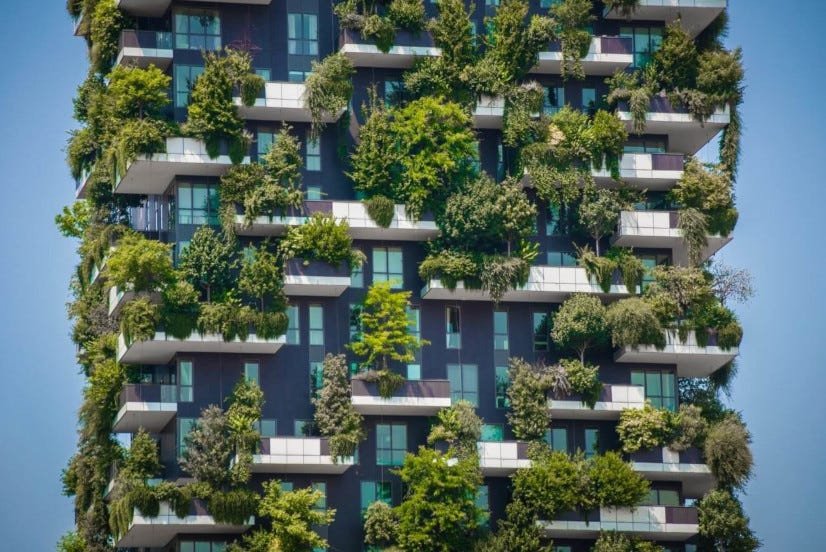Sustainable Architecture: Eco-Friendly Building Practices
In the face of climate change and environmental degradation, sustainable architecture has emerged as a crucial approach to building design and construction. By integrating eco-friendly practices, architects and builders can create structures that not only minimize environmental impact but also promote energy efficiency and sustainability. This article explores key principles and practices of sustainable architecture that are paving the way for a greener future.
What is Sustainable Architecture?
Sustainable architecture focuses on designing and constructing buildings in harmony with the natural environment. It aims to reduce the negative impact of buildings on the environment by utilizing eco-friendly materials, energy-efficient systems, and sustainable practices throughout the lifecycle of the building.
Key Principles of Sustainable Architecture
Energy Efficiency
One of the primary goals of sustainable architecture is to maximize energy efficiency. This can be achieved through:
- Passive Design: Utilizing natural light, ventilation, and thermal mass to reduce the need for artificial lighting, heating, and cooling.
- Energy-Efficient Systems: Incorporating high-efficiency HVAC systems, LED lighting, and energy-saving appliances.
- Renewable Energy Sources: Installing solar panels, wind turbines, or geothermal systems to generate clean, renewable energy on-site.
Sustainable Materials
Choosing sustainable materials is essential in reducing the environmental footprint of a building. Key considerations include:
- Recycled and Reclaimed Materials: Using materials that have been recycled or reclaimed from previous structures, such as reclaimed wood or recycled metal.
- Locally Sourced Materials: Reducing transportation emissions by sourcing materials locally.
- Non-Toxic and Low-Emission Materials: Selecting materials that do not emit harmful chemicals, such as low-VOC (volatile organic compound) paints and finishes.
Water Conservation
Water conservation is a critical aspect of sustainable architecture. Practices include:
- Low-Flow Fixtures: Installing low-flow faucets, showerheads, and toilets to reduce water consumption.
- Rainwater Harvesting: Collecting and storing rainwater for use in irrigation and non-potable applications.
- Greywater Systems: Reusing greywater from sinks, showers, and laundry for landscape irrigation.
Sustainable Site Design
The location and design of a building site play a significant role in sustainability. Key practices include:
- Minimizing Site Disturbance: Preserving natural vegetation and minimizing land disruption during construction.
- Green Roofs and Walls: Installing green roofs and living walls to improve insulation, reduce urban heat islands, and provide habitat for wildlife.
- Permeable Surfaces: Using permeable paving materials to reduce stormwater runoff and promote groundwater recharge.
Indoor Environmental Quality
Creating a healthy indoor environment is a key goal of sustainable architecture. Strategies include:
- Improved Air Quality: Using ventilation systems that bring in fresh outdoor air and filter out pollutants.
- Natural Lighting: Maximizing natural light through strategic window placement and skylights to reduce reliance on artificial lighting.
- Thermal Comfort: Designing buildings to maintain comfortable indoor temperatures with minimal energy use.
Benefits of Sustainable Architecture
Environmental Benefits
Sustainable architecture significantly reduces the environmental impact of buildings by conserving natural resources, reducing greenhouse gas emissions, and promoting biodiversity. Green buildings also contribute to the reduction of urban heat islands and improve air and water quality.
Economic Benefits
While sustainable buildings may have higher upfront costs, they often result in long-term savings through reduced energy and water bills, lower maintenance costs, and increased property value. Additionally, green buildings can qualify for tax incentives and grants aimed at promoting sustainable practices.

Health and Well-Being
Sustainable buildings prioritize the health and well-being of occupants by improving indoor air quality, providing access to natural light, and creating comfortable and safe living environments. Studies have shown that green buildings can enhance productivity, reduce absenteeism, and improve overall mental and physical health.
Conclusion
Sustainable architecture represents a forward-thinking approach to building design and construction that prioritizes environmental responsibility, energy efficiency, and occupant well-being. By embracing eco-friendly building practices, we can create structures that not only meet our current needs but also preserve the planet for future generations. As awareness and technology continue to advance, sustainable architecture will undoubtedly play a pivotal role in shaping a greener, more sustainable future.



